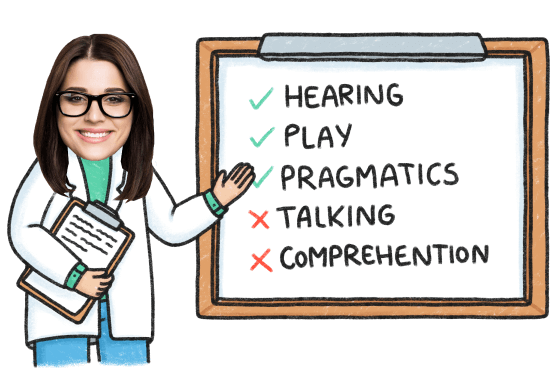5 Ways to Teach Toddlers and Preschoolers Patience
Jan 25, 2022 Positive traits like patience, joy, love, gentleness, and self-control are essential traits of good character. Since no one is born with good character, it should be taught and learned at an early age – when a child is a toddler or preschooler. This is an important part of child development.
Still, it can be difficult for a very young child to learn patience, especially since they don’t yet understand the importance of being patient – and won’t until they grow older. Since they haven’t developed enough motor skills yet, it is nearly impossible for a toddler or preschooler to understand the importance of waiting.
So, with that in mind, here are five ways for teaching patience activities to younger children – toddlers and preschoolers.
In This Article
Start Small and Short
“With preschoolers and toddlers, you can’t expect them to jump over a huge hurdle, when it comes to teaching them patience,” says Harley Whitehead, a business writer at Essay writing service reviews and Eliteassignmenthelp. “It’s important to start small and short when teaching patience to younger children. Start with small doses when they’re at a very early age.”
One example is having your child wait quietly for a minute or two before giving them their sippy cup. After a couple of minutes, pour the milk into the sippy cup, and give it to them.
Stay Positive
If your child isn’t old enough to understand the need for or benefits of patience, they won’t have a sense of delayed gratification and then be apt to ask questions or grow fussy. But should you be worried about them asking questions and getting fussy?
The answer is yes and no. Yes, because you wouldn’t want your child to become distressed about waiting. But also no, because you can’t use your cool too if they ask you too many questions and get restless. Instead, try to be calm and positive in this situation.
Maybe a game of “I Spy” when traveling by car can take your child’s mind off of waiting. Or, at home, sing a song together or tell them a funny story to distract them from growing unrest. But, whatever you do: Don’t ever snap back at them for their impatience.
Delay with Purpose
As a parent to a very young child, you may want to delay things with purpose. Therefore, purposeful delays can teach your child patience.
For example, if your toddler or preschooler wants a new puppy, then tell them to wait for Christmas or their birthday. This shows that by waiting until an important day (like Christmas or their birthday) to receive something, that things will turn out great in the end. That, in hindsight, is delaying with purpose.
They Need to Experience Waiting

It’s very easy to have younger children wait for something by shoving a phone or mobile device into their hands to watch videos or play games. Instead, why not have your toddler or preschooler EXPERIENCE the wait?
You can point out some of the happenings around you if you’re waiting in line (like a grocery store checkout lane). Maybe one of the shop employees are restocking shelves. Or, there’s another child in another shopping cart being pushed elsewhere. Sightseeing can be a great way to pass the time.
Countdowns and Visual Presentations
“Smaller children are prone to focusing on visuals that catch their eye,” says Aaron Barnett, a recruiter at Best british essays and State of writing. “So, whenever they have a million questions concerning how long they have to wait for something, use visual tools to show them how long it’ll take for them to finally get to that something.”
For instance, if you and your preschooler or toddler are traveling by car, and the child grows restless wondering how long it’ll take to get to their destination, then here’s your time to shine! Have a countdown timer visible – it can be flashcards taped to the dashboard, a teddy bear holding a timer, etc. A physical “countdown timer” can be moved every hour or so, as you and your passenger draw closer to the “destination.”
Practice, Patience
As you can see, patience should be taught with care and . . . well, patience. By making lessons fun, instead of a chore, young children will be more apt to learn as they go. Although learning patience takes time, by reading these helpful tips, your child will learn to apply these lessons to other things as they grow.
But remember: Stay calm. Stay positive. And, more importantly, when teaching anything to your child, practice what you preach – patience.

